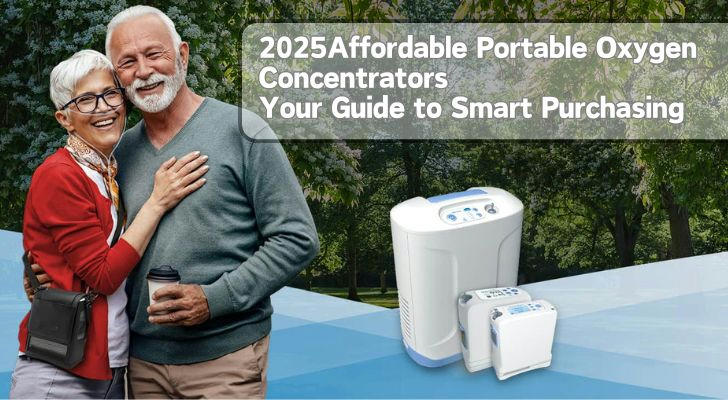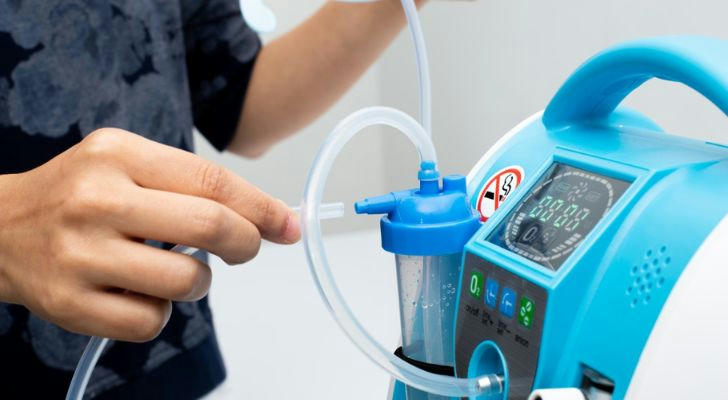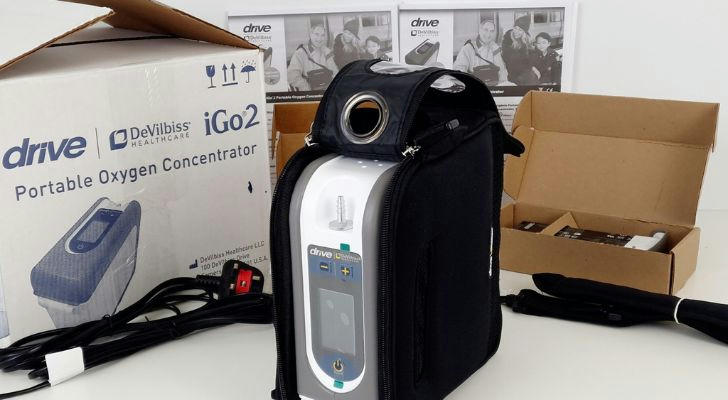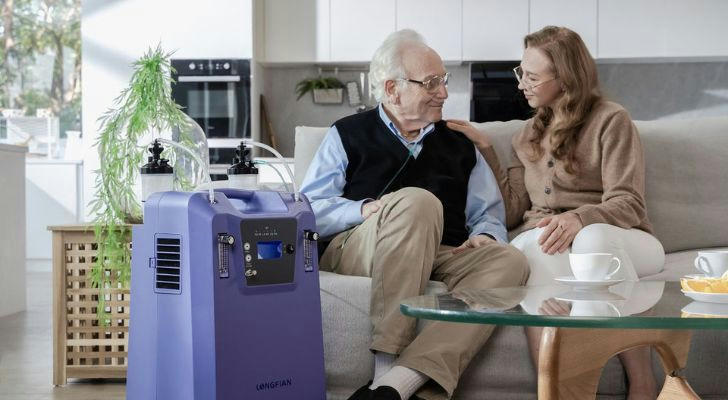2025Affordable Portable Oxygen Concentrators: Your Guide to Smart Purchasing
Portable oxygen concentrators (POCs) deliver high-purity oxygen to alleviate breathing difficulties, boost blood oxygen levels, and enhance quality of life for individuals with chronic conditions like COPD or asthma. Unlike bulky traditional oxygen tanks, these lightweight devices (<5 lbs) empower users—especially seniors—to maintain independence at home, during travel, or while exercising. Long-term oxygen therapy reduces risks of hypoxia-related complications, including heart failure and cognitive decline. Despite retail prices averaging $1,500–$3,500, cost-effective purchasing strategies exist. This article reveals actionable pathways to acquire POCs at 30–60% discounts, ensuring accessibility for those in need.

Who Needs a Portable Oxygen Concentrator? A Clear Breakdown
1. Who Must Use a Portable Oxygen Concentrator?
Chronic Respiratory Patients:
- COPD sufferers: Affecting 16 million Americans (CDC, 2023), COPD causes severe oxygen deprivation, necessitating daily use of POCs to maintain blood oxygen levels above 90% SpO2.
- Pulmonary fibrosis patients: This progressive disease reduces lung capacity, with studies showing 40% lower mortality rates among users adhering to oxygen therapy (American Thoracic Society, 2022).
- Cystic fibrosis or severe asthma patients: Required during flare-ups to prevent hypoxia-induced organ damage.
Post-Surgical Recovery:
- Patients recovering from lung surgeries or COVID-19-related lung damage often require temporary oxygen support to accelerate healing.
Critical Care Transitions:
- Individuals discharged from hospitals but still needing oxygen therapy to avoid readmission (linked to 15–20% cost savings in healthcare, per JAMA Network, 2021).
2. Who Can Benefit from Supplemental Oxygen?
High-Altitude Travelers:
- Low oxygen at elevations above 8,000 feet can cause altitude sickness; POCs stabilize SpO2 during flights or mountain trips (FAA-approved models required).
Sleep Apnea Patients:
Active Seniors:
Athletes and Fitness Enthusiasts:
2025 Discount Channels: Emerging Opportunities

By 2025, the global POC market is projected to grow by 9.1% annually (Grand View Research), driven by aging populations and telehealth adoption. Anticipated discounts include:
Government subsidies: Expanded Medicare coverage for POCs under the Durable Medical Equipment (DME) category.
Manufacturer partnerships: Brands like Inogen and Philips Respironics will offer trade-in programs for older models.
Nonprofit collaborations: Organizations like the American Lung Association plan to distribute refurbished devices to low-income households.
Age-Specific Discount Programs
Tailored financial aid ensures affordability across age groups:
Seniors (65+):Medicare Part B covers 80% of POC costs with a doctor’s prescription. Supplemental plans (e.g., Aetna) may eliminate copays.
Adults (18–64):Employer-sponsored insurance often includes HSA/FSA eligibility for POC purchases. Platforms like Affirm offer 0% APR financing over 12–24 months.
Pediatric patients:Nonprofits like Children’s Health Fund provide grants for families earning <300% of the federal poverty level.
Step-by-Step Application Guide
Follow these steps to apply for:

Verify eligibility: Obtain a physician’s prescription specifying required oxygen flow rates (e.g., 1–5 LPM).
Compare suppliers: Use Medicare’s DME supplier directory or Oxygen Concentrator Store’s price-match guarantee.
Apply for aid: Submit income documents to programs like the HealthWell Foundation or local Area Agencies on Aging.
Finalize purchase: Opt for refurbished units (e.g., CPAP.com’s certified pre-owned POCs) with at least a 6-month warranty.
Success Stories: Real Savings, Real Results

Margaret, 68 (COPD patient): By combining Medicare coverage and a Lung Health Foundation grant, she purchased an Inogen One G5 for $1,200 (retail: $2,300).
Carlos, 45 (asthma and sleep apnea): Using CareCredit’s 18-month financing, he acquired a lightweight Caire FreeStyle Comfort for $85/month (total: $1,530 vs. retail $2,700).
Conclusion: Act Now for Affordable Care
With strategic planning, portable oxygen concentrators need not strain your budget. Leverage Medicare subsidies, nonprofit grants, or flexible payment plans to secure these life-enhancing devices. Visit trusted resources like the American Lung Association or Medicare.gov to begin your journey toward affordable respiratory care. Every breath matters—invest in yours today.
